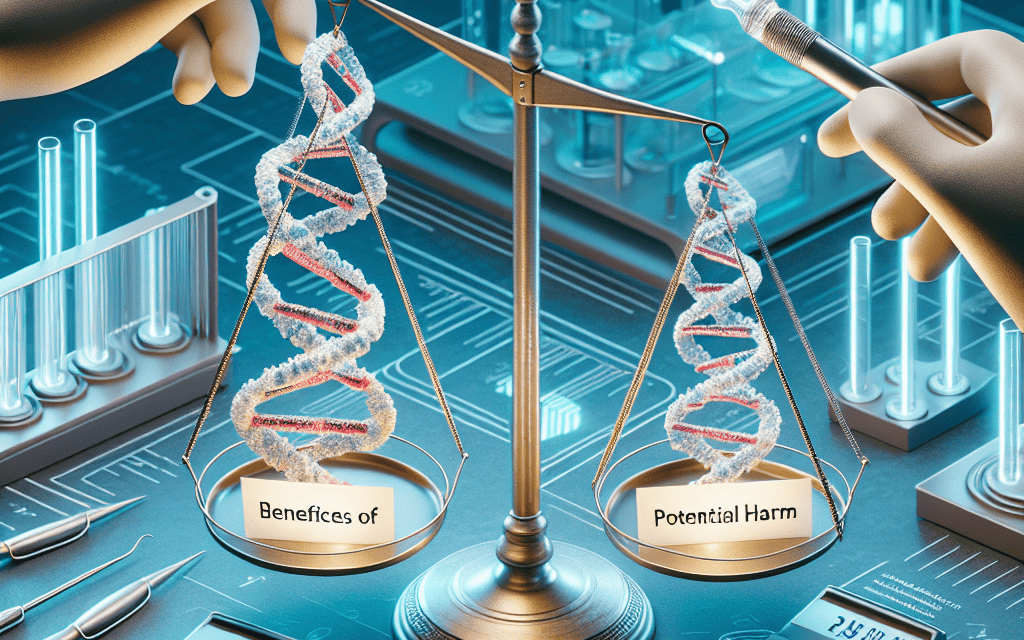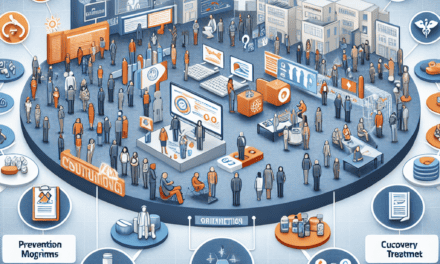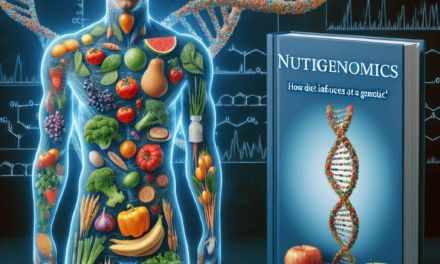-
Table of Contents
The Ethics of Gene Editing: CRISPR and Beyond

Gene editing, particularly through the use of CRISPR technology, has revolutionized the field of genetics and biomedical research. This powerful tool allows scientists to make precise changes to the DNA of living organisms, offering the potential to cure genetic diseases, improve agricultural practices, and even extend human lifespan. However, with great power comes great responsibility, and the ethical implications of gene editing are vast and complex. This article explores the ethical considerations surrounding gene editing, focusing on CRISPR and beyond, through five detailed subtopics.
1. Understanding CRISPR: The Science Behind the Technology
CRISPR, which stands for Clustered Regularly Interspaced Short Palindromic Repeats, is a revolutionary gene-editing technology that has transformed the field of genetics. Discovered in the early 2000s, CRISPR was initially identified as a natural defense mechanism used by bacteria to protect against viral infections. Scientists soon realized that this system could be harnessed to edit genes in a wide range of organisms, including humans.
The CRISPR-Cas9 system, the most commonly used form of CRISPR, consists of two key components: the Cas9 protein and a guide RNA. The guide RNA is designed to match a specific DNA sequence, directing the Cas9 protein to that location in the genome. Once there, Cas9 acts as molecular scissors, cutting the DNA at the targeted site. This cut can then be repaired by the cell’s natural repair mechanisms, allowing for the insertion, deletion, or modification of genetic material.
CRISPR’s precision, efficiency, and relative simplicity have made it a popular tool in genetic research. It has been used to create genetically modified organisms (GMOs), develop new medical therapies, and study the function of specific genes. However, the ease with which CRISPR can be used also raises ethical concerns, particularly regarding its potential applications in humans.
One of the most significant ethical issues surrounding CRISPR is the potential for germline editing, which involves making changes to the DNA of embryos or reproductive cells. These changes would be passed on to future generations, raising concerns about unintended consequences and the potential for “designer babies.” While somatic cell editing, which affects only the individual being treated, is generally considered more ethically acceptable, it still raises questions about safety, consent, and access to technology.
Despite these concerns, CRISPR has already been used in several high-profile cases. In 2018, Chinese scientist He Jiankui announced that he had used CRISPR to edit the genomes of twin girls, making them resistant to HIV. This announcement sparked international outrage and led to calls for stricter regulations on human gene editing. The case highlighted the need for a global consensus on the ethical use of CRISPR and other gene-editing technologies.
2. The Promise and Perils of Gene Editing in Medicine
Gene editing holds immense promise for the field of medicine, offering the potential to cure genetic diseases, improve treatments, and even prevent certain conditions from developing. However, the use of gene editing in medicine also raises significant ethical and practical challenges.
One of the most promising applications of gene editing is in the treatment of genetic diseases. Conditions such as cystic fibrosis, sickle cell anemia, and muscular dystrophy are caused by specific genetic mutations, making them ideal targets for gene editing. By correcting these mutations, scientists hope to cure these diseases at their source, rather than merely managing symptoms.
In recent years, several clinical trials have been conducted to test the safety and efficacy of gene editing in treating genetic diseases. For example, in 2019, researchers at the University of Pennsylvania used CRISPR to treat two patients with sickle cell anemia and beta-thalassemia, two blood disorders caused by mutations in the hemoglobin gene. The results were promising, with both patients showing significant improvements in their symptoms.
However, the use of gene editing in medicine is not without risks. One of the main concerns is the potential for off-target effects, where the CRISPR system makes unintended changes to the genome. These off-target effects could lead to new mutations, potentially causing cancer or other health problems. While advances in CRISPR technology have reduced the risk of off-target effects, they remain a significant concern.
Another ethical issue is the question of consent. In cases where gene editing is used to treat embryos or young children, obtaining informed consent is challenging. Parents or guardians must make decisions on behalf of their children, raising questions about their ability to fully understand the risks and benefits of the procedure.
Access to gene editing technology is also a significant ethical concern. The high cost of developing and implementing gene editing therapies means that they may only be available to those who can afford them, exacerbating existing health disparities. Ensuring equitable access to these technologies is a critical challenge that must be addressed as gene editing becomes more widespread.
3. Agricultural Applications: Enhancing Crops and Livestock
Beyond medicine, gene editing has significant applications in agriculture, where it offers the potential to improve crop yields, enhance nutritional content, and increase resistance to pests and diseases. However, the use of gene editing in agriculture also raises ethical and environmental concerns.
One of the main benefits of gene editing in agriculture is the ability to create crops that are more resistant to pests and diseases. This can reduce the need for chemical pesticides, which can have harmful effects on the environment and human health. For example, researchers have used CRISPR to develop rice varieties that are resistant to bacterial blight, a major disease that affects rice crops worldwide.
Gene editing can also be used to enhance the nutritional content of crops. For instance, scientists have used CRISPR to increase the levels of beta-carotene in rice, creating “Golden Rice” that could help address vitamin A deficiency in developing countries. Similarly, researchers have developed tomatoes with higher levels of antioxidants, which are believed to have health benefits.
In livestock, gene editing can be used to improve traits such as growth rate, disease resistance, and meat quality. For example, researchers have used CRISPR to create pigs that are resistant to porcine reproductive and respiratory syndrome (PRRS), a disease that causes significant economic losses in the pork industry.
Despite these potential benefits, the use of gene editing in agriculture raises several ethical and environmental concerns. One of the main concerns is the potential for unintended consequences, such as the creation of new pests or the disruption of ecosystems. There is also the risk that gene-edited crops could crossbreed with wild relatives, leading to the spread of modified genes in the environment.
Another ethical issue is the question of ownership and control. The development of gene-edited crops and livestock is often driven by large corporations, raising concerns about the concentration of power in the hands of a few companies. This could lead to increased control over the food supply and limit the ability of small farmers to compete.
Finally, there is the question of consumer acceptance





